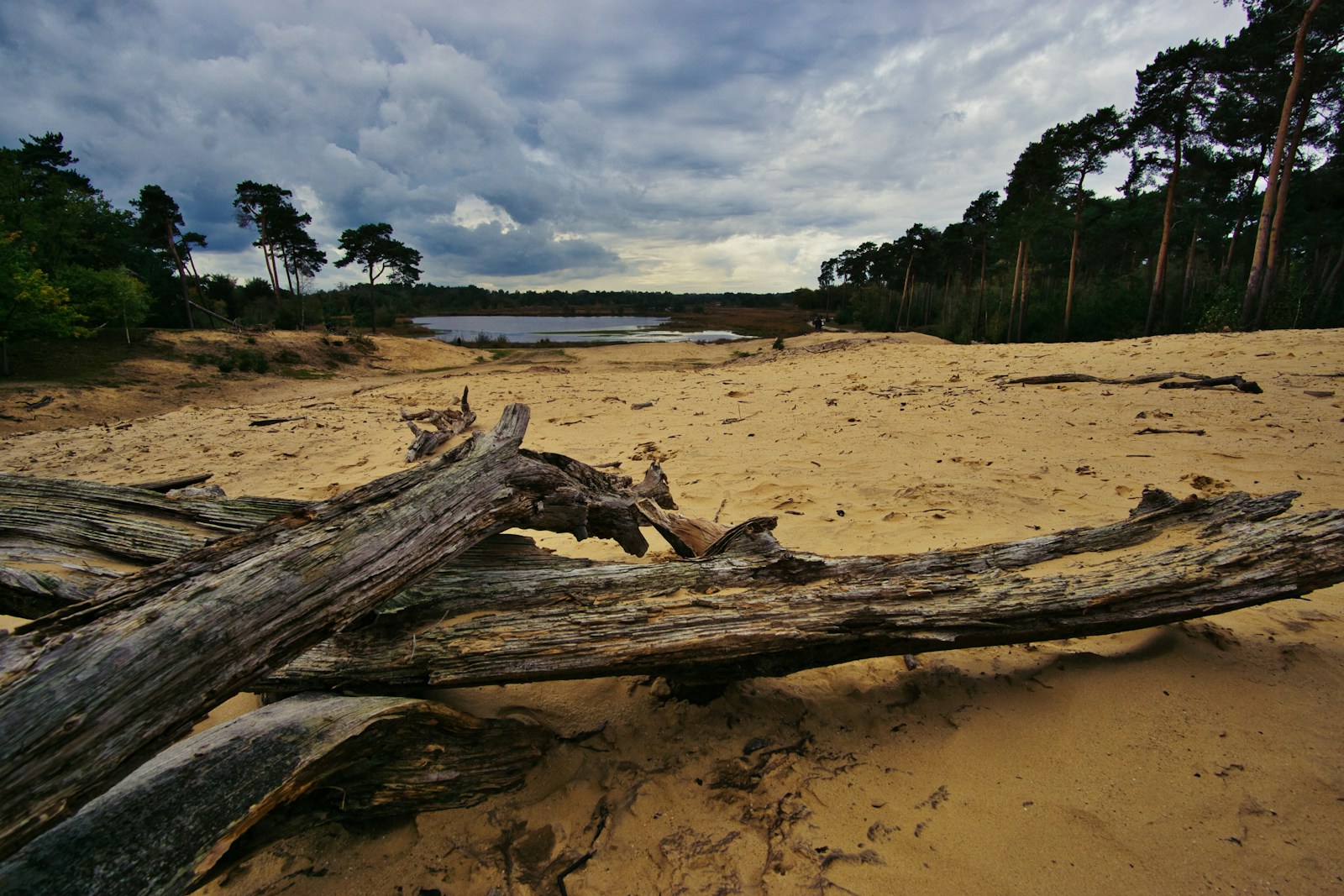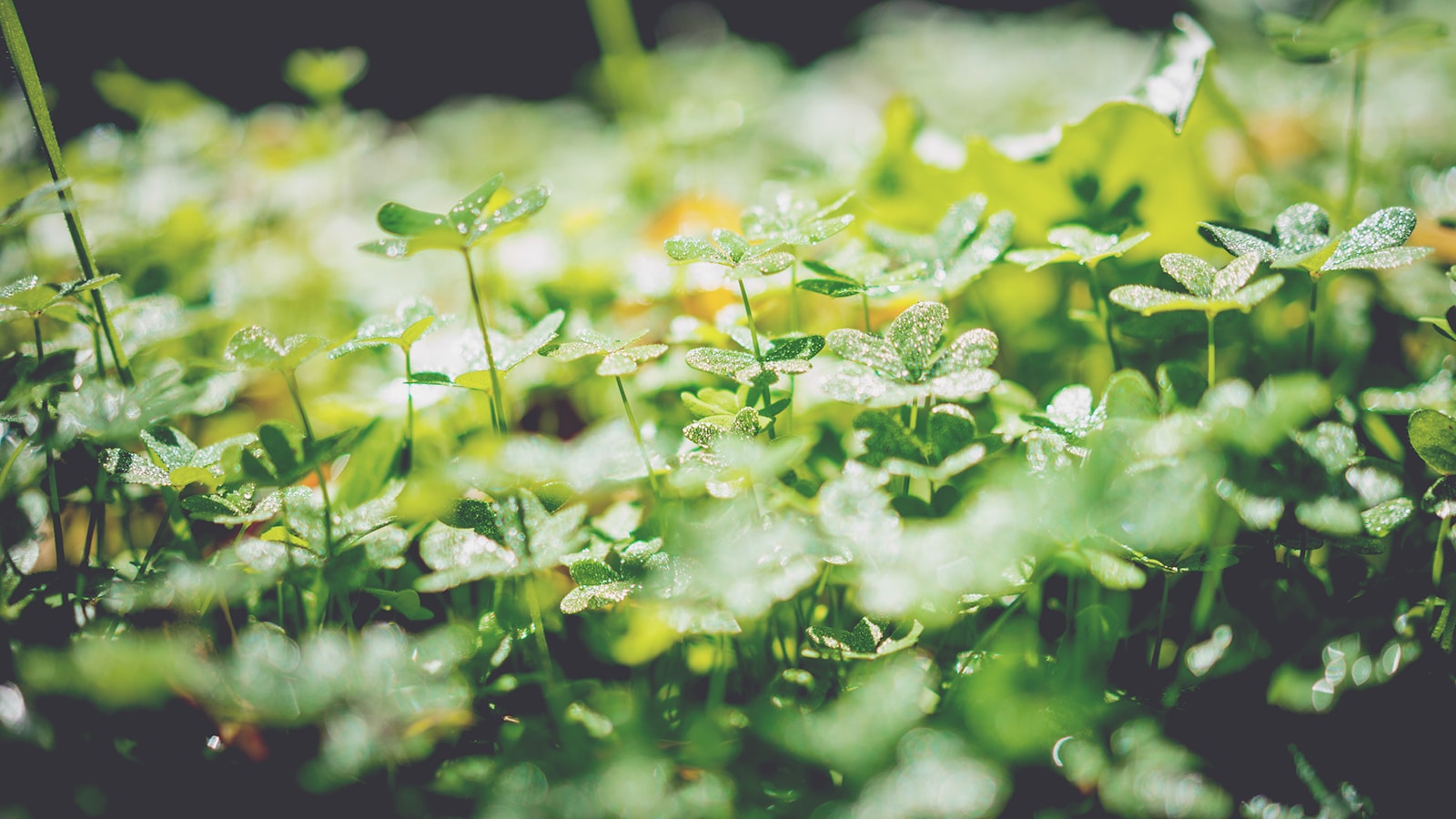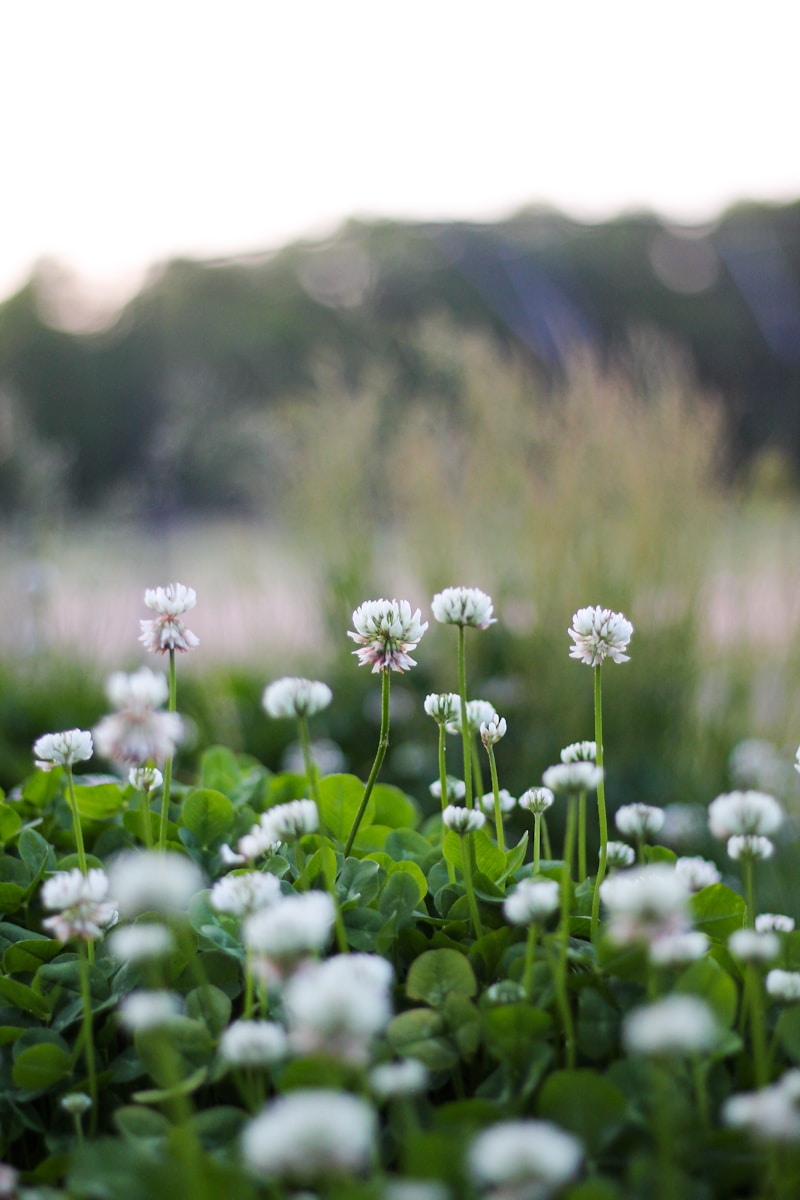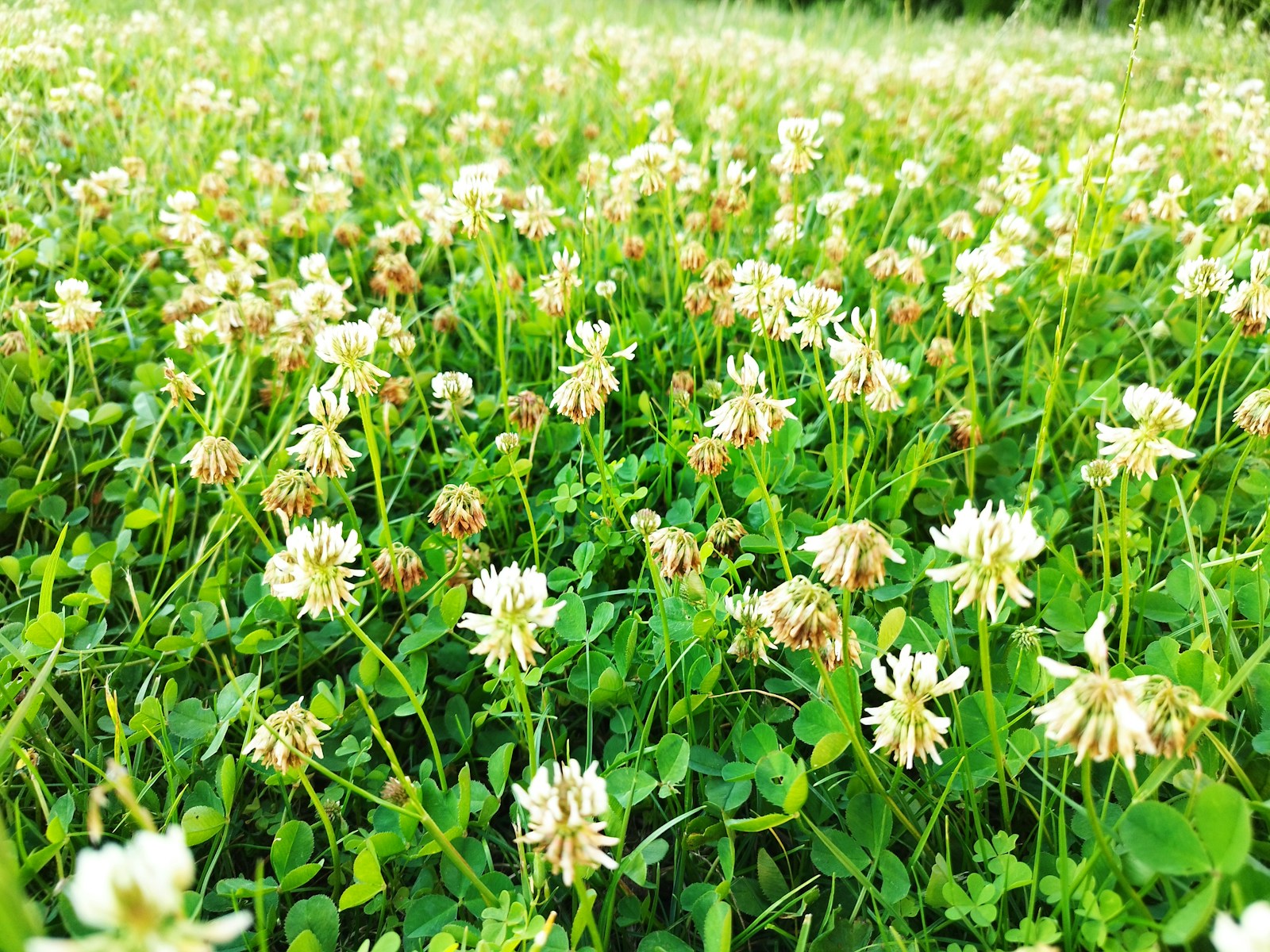Sandy soil presents unique challenges and opportunities for gardeners, especially in coastal regions like Florida, the Gulf Coast, and arid areas such as Arizona and New Mexico. This ultimate guide will help you understand how to work with sandy soil effectively, ensuring a thriving garden despite its quick drainage and low nutrient content.
What Is Sandy Soil?
Sandy soil is composed primarily of small rock and mineral particles, creating a loose, gritty texture. It drains quickly, warms up fast in the spring, and is easy to work with, but it struggles to retain moisture and essential nutrients. These characteristics make it ideal for certain plants but challenging for others.
Characteristics of Sandy Soil:
- Drains quickly: Water moves through it rapidly, preventing waterlogging but causing frequent drying.
- Low nutrient retention: Nutrients wash away easily, requiring frequent replenishment.
- Warms up fast: Encourages early planting in spring.
- Lightweight and easy to work: Great for root growth but lacks organic matter.
How to Test Your Soil
Before making any amendments, it’s essential to test your soil to understand its exact composition and nutrient levels.
Steps to Test Sandy Soil:
- Perform a texture test: Rub the soil between your fingers. Sandy soil feels gritty and falls apart easily.
- DIY jar test: Fill a jar with soil and water, shake, and let it settle to observe the sand, silt, and clay layers.
- Use a soil test kit: These kits can analyze pH and nutrient levels.
- Send a sample to a lab: Your local extension office can provide detailed insights.
Best Amendments for Sandy Soil
Improving sandy soil involves adding materials that enhance its water retention and nutrient-holding capacity.
Top Amendments to Consider:
- Organic matter: Compost, manure, and peat moss improve structure and retain moisture.
- Mulch: Helps reduce evaporation and maintain soil temperature.
- Clay or loam soil: Mixing in a small percentage can boost water retention.
- Slow-release fertilizers: Prevents nutrient leaching.
Choosing the Right Plants for Sandy Soil
Certain plants thrive in sandy soil due to their drought tolerance and ability to access deeper moisture.
Best Plants for Sandy Soil:

Flowers:
- Black-eyed Susan
- Blanket Flower
- Lavender
Vegetables:
- Carrots
- Radishes
- Potatoes
Shrubs and Trees:
- Pine trees
- Cactus varieties
- Oleander
Watering Strategies for Sandy Soil
Because sandy soil dries out quickly, adjusting your watering techniques is crucial.
Effective Watering Tips:
- Frequent, shallow watering: Ensures the roots stay hydrated.
- Drip irrigation: Provides slow, steady moisture.
- Mulching: Retains soil moisture.
- Early morning watering: Reduces evaporation.
Fertilization Techniques
Regular fertilization is necessary to replenish the nutrients sandy soil loses quickly.
Best Fertilizers for Sandy Soil:
- Organic options like fish emulsion and compost tea.
- Slow-release granular fertilizers to provide steady nutrients.
- Balanced fertilizers with a mix of nitrogen, phosphorus, and potassium.
Common Mistakes and How to Avoid Them
Gardeners often encounter pitfalls when working with sandy soil. Here are a few common mistakes and their solutions:
- Overwatering: Can lead to nutrient leaching; instead, use drip irrigation.
- Neglecting organic matter: Regularly add compost to improve fertility.
- Using fast-release fertilizers: Opt for slow-release options to ensure a steady nutrient supply.
- Ignoring mulching: Apply a thick layer to reduce evaporation.
Sustainability and Environmental Considerations
Improving sandy soil with organic amendments contributes to sustainable gardening by reducing water consumption and enhancing soil health. Consider drought-tolerant plants to create an eco-friendly landscape.
Troubleshooting Common Sandy Soil Issues
| Problem | Cause | Solution |
|---|---|---|
| Plants wilting | Rapid drainage, lack of moisture | Increase mulching, adjust watering schedule |
| Nutrient deficiencies | Frequent leaching | Apply organic fertilizers regularly |
| Soil erosion | Loose structure | Use ground covers or windbreaks |
Final Thoughts
While sandy soil presents unique challenges, with the right amendments, plants, and care strategies, you can create a thriving and sustainable garden. Regular improvements, proper plant selection, and mindful watering can turn sandy soil from a challenge into an opportunity.



